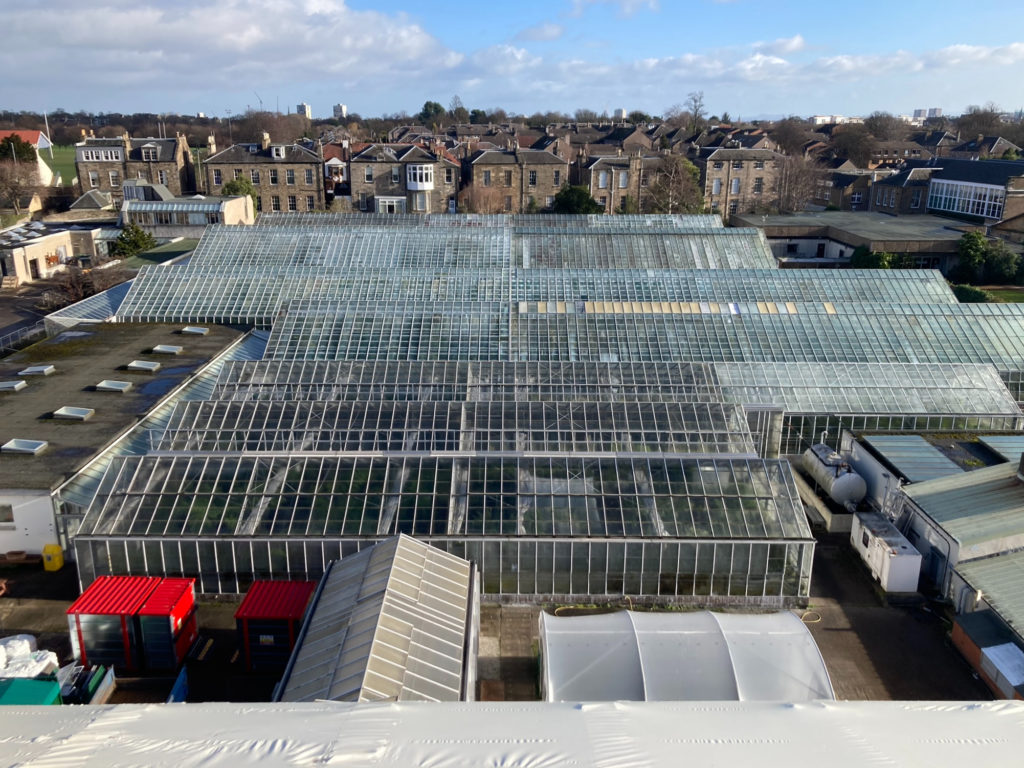
(Photo: Sadie Barber)
As part of my apprenticeship at the Royal Botanic Garden Edinburgh, I have been working for a 13-week period with each of the different horticultural teams, learning as much as I can on the go. Recently, I have been working in the Research Collection Glasshouses that hold a large diversity of rare and endangered plants throughout the different plant collections. During my time I have learned many new skills and have been able to work with some of the most amazing plants in the world! While coming to understand the day-to-day work involved with managing plant collections under glass, especially with the unique changes involved with the Edinburgh Biomes Project, I have spent the most of that time with one particular and very special fern, Woodsia ilvensis.
A very special fern
Woodsia is a part of one of the biggest projects that I have been involved with – Scottish Plant Recovery. With the help of the Nature Restoration Fund, the project’s plan is to restore 10 threatened Scottish native plant species that have been in decline in the wild. Conserving species and searching for habitats across various sites in Scotland, and translocation is a huge undertaking that will establish plants in places they wouldn’t be able to reach on their own. Woodsia has been in major decline, due to shifting climactic conditions and overcollection during pteridomania in the Victorian period, currently leaving only a small number of clumps living in the wild in the UK. It’s crucial we give this fern a helping hand so it can re-establish itself and hopefully produce new generations that will thrive in their natural habitats.
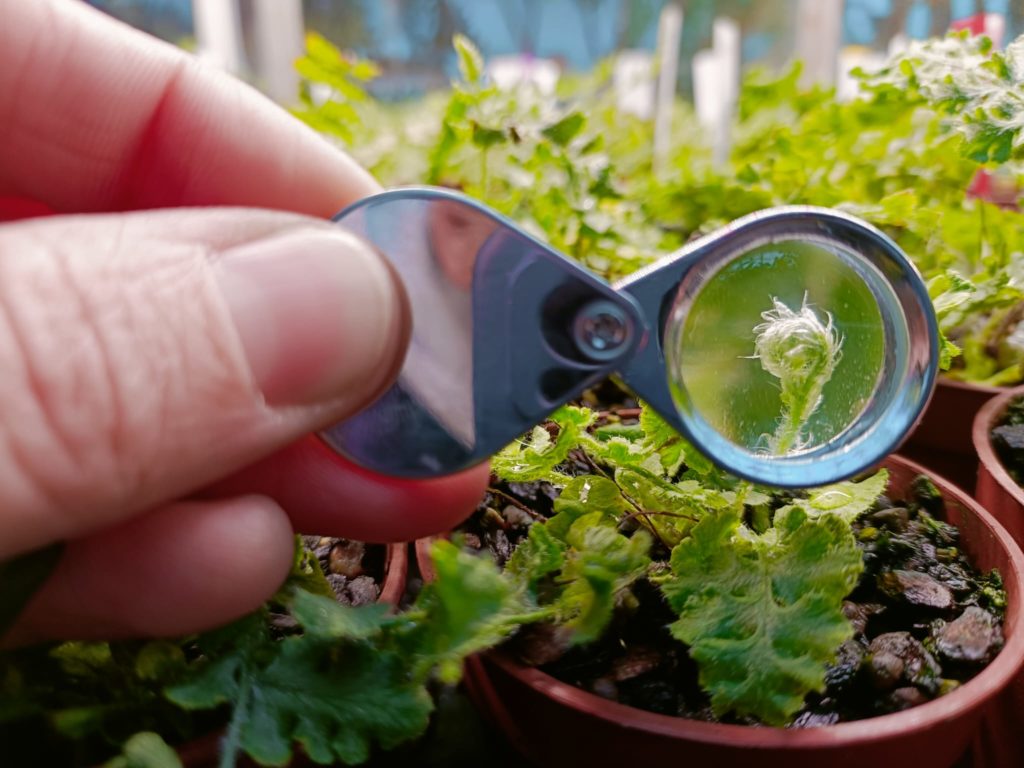
(Photo: Patricia Berakova)
Challenges for reintroduction
Establishing a new in-situ site, however, can be difficult due to the plant’s response to the new environment. This has proven to be the case with Woodsia, as previous attempts to successfully reintroduce it in the wild have so far proven to be challenging. Despite rapid germination of spores and successful development of young sporophytes in ex-situ conditions, the complexities surrounding their interactions with their natural habitats has meant there has been limited success in previous translocation attempts. For more details see previous RBGE Botanic Stories here.
A new strategy for Woodsia
RBGE Scottish Plant Recovery has a new strategy for Woodsia, and that is by introducing hybrid individuals grown from mixed spore collections from various provenances i.e. all Scottish locations and all Norwegian locations sown together, and all UK collections being sown together. This is a direct attempt to widen the genetic diversity of individuals being planted out and thus ideally increasing likelihood of successful establishment in in-situ conditions by increasing plant’s resilience and range of eco-tolerances. Genetic diversification is a long-term solution that will hopefully have a great impact on restoring the populations of Woodsia in the wild for generations to come. You can read more about a recent trip the team has taken to search for suitable oblong Woodsia habitat here.
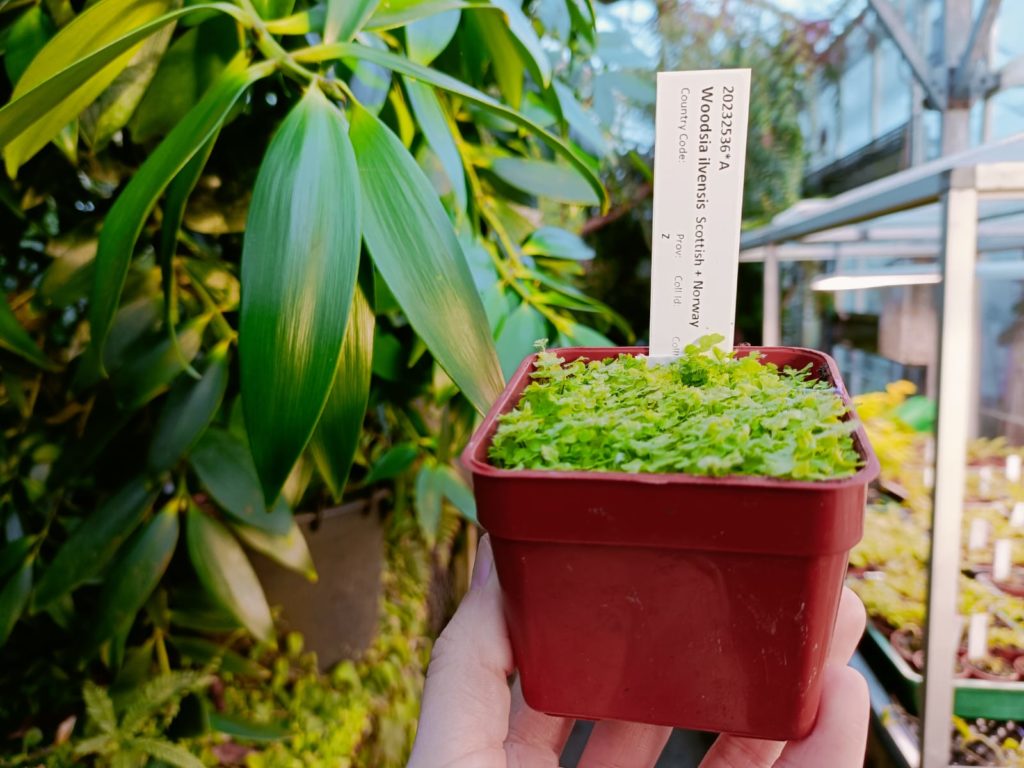
(Photo: Patricia Berakova)
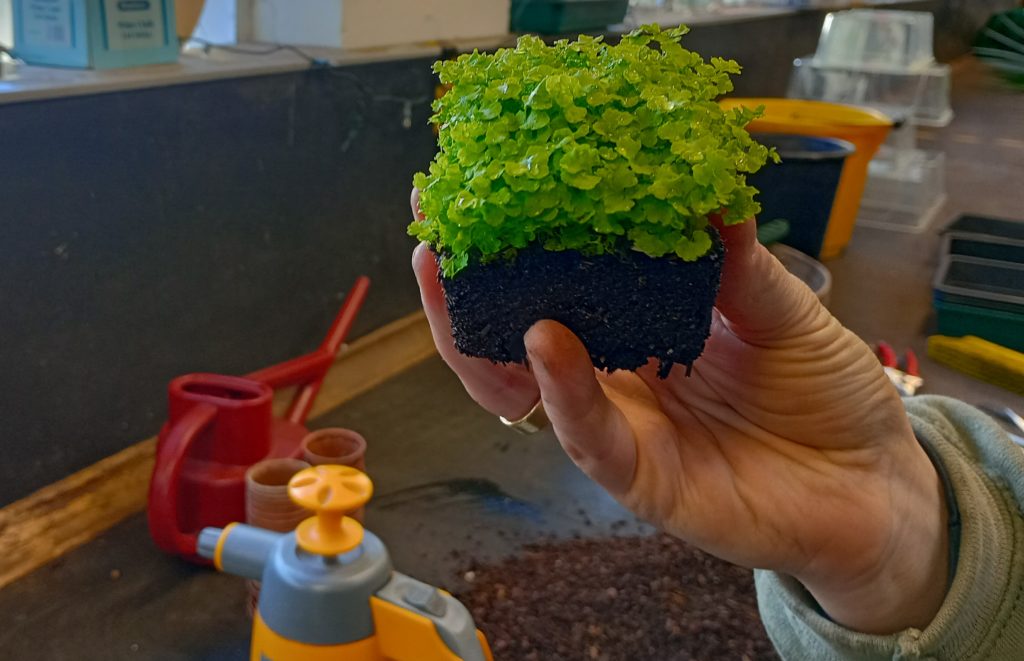
(Photo: Patricia Berakova)
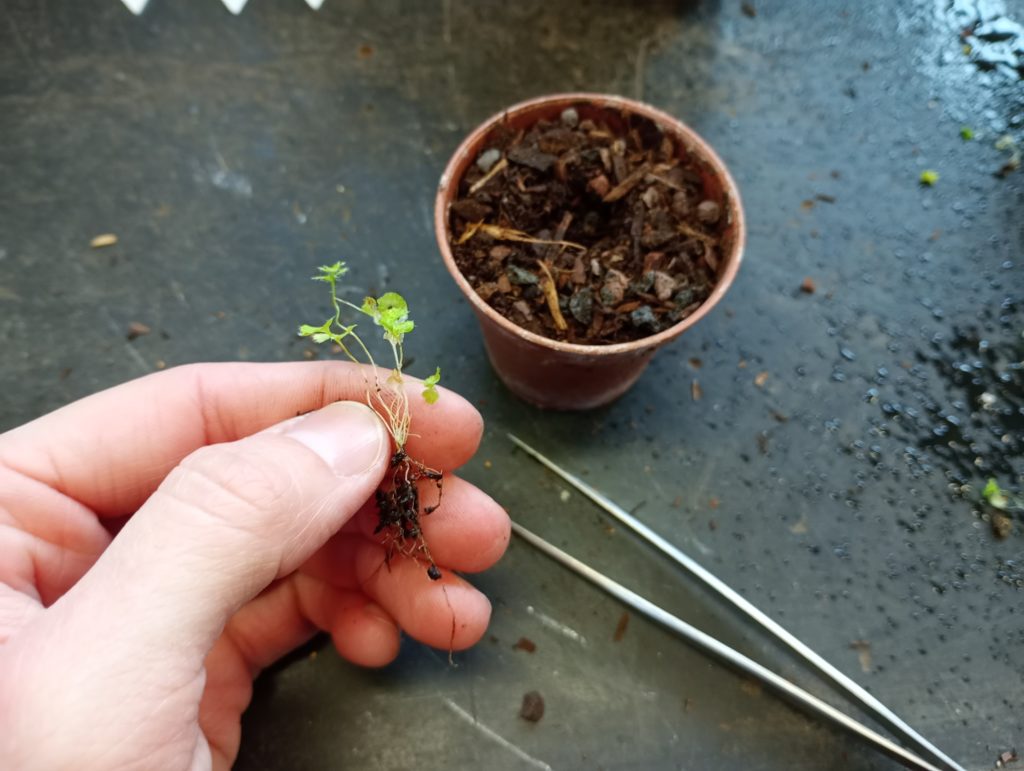
(Photo: Patricia Berakova)
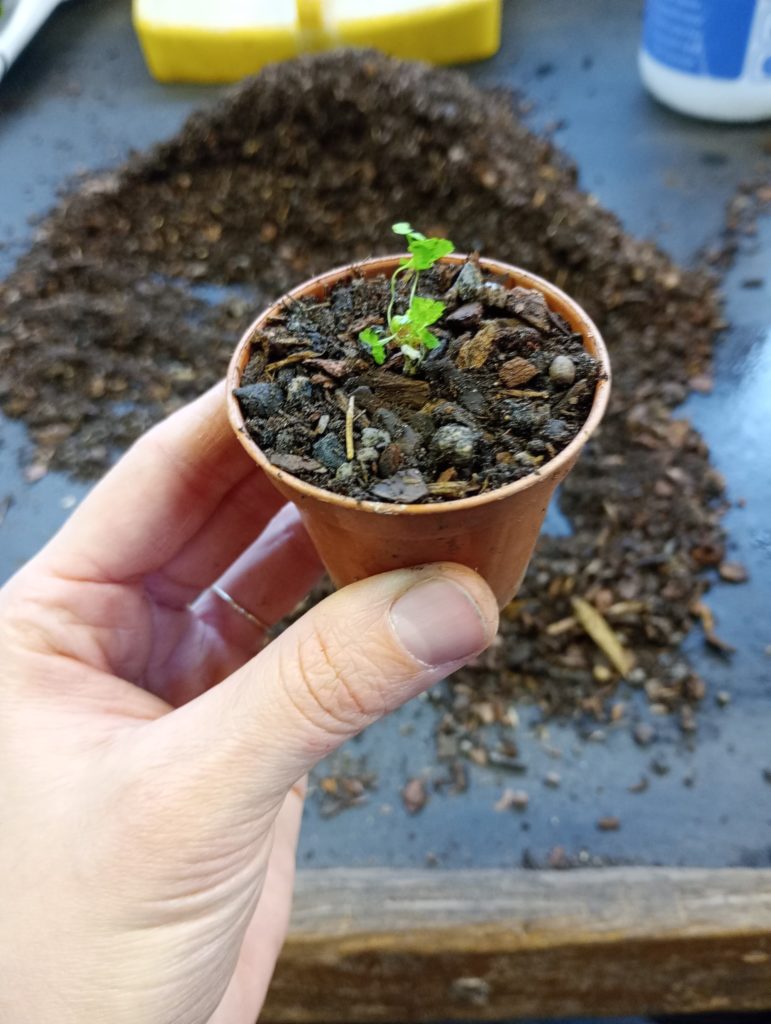
(Photo: Patricia Berakova)
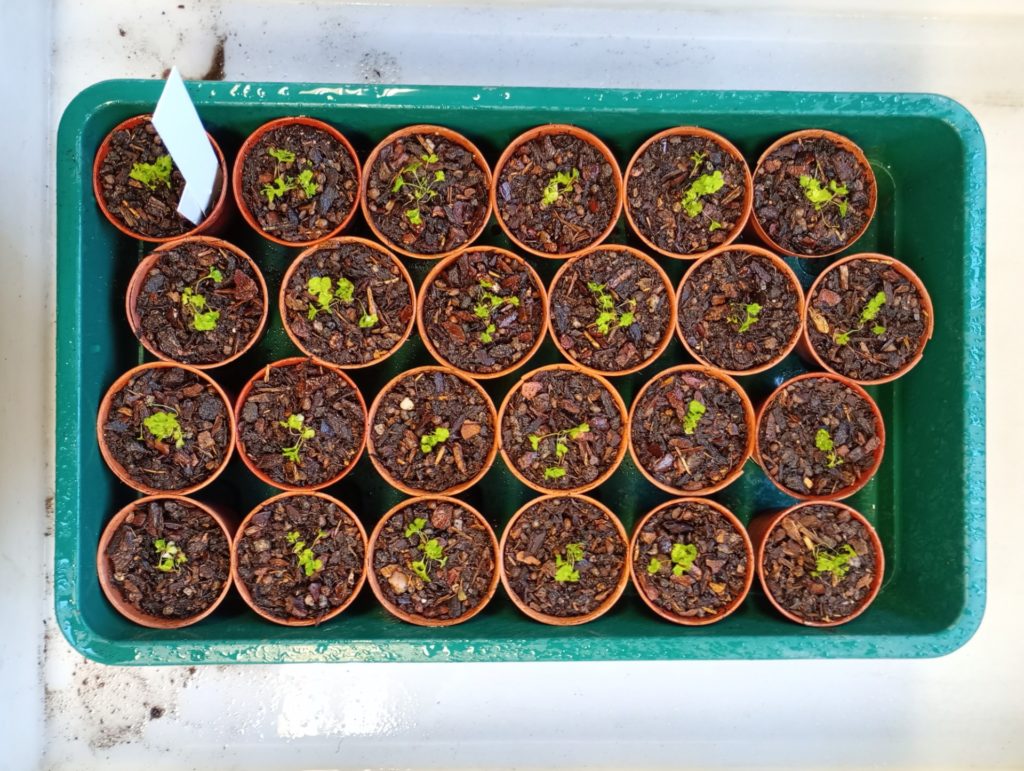
(Photo: Patricia Berakova)
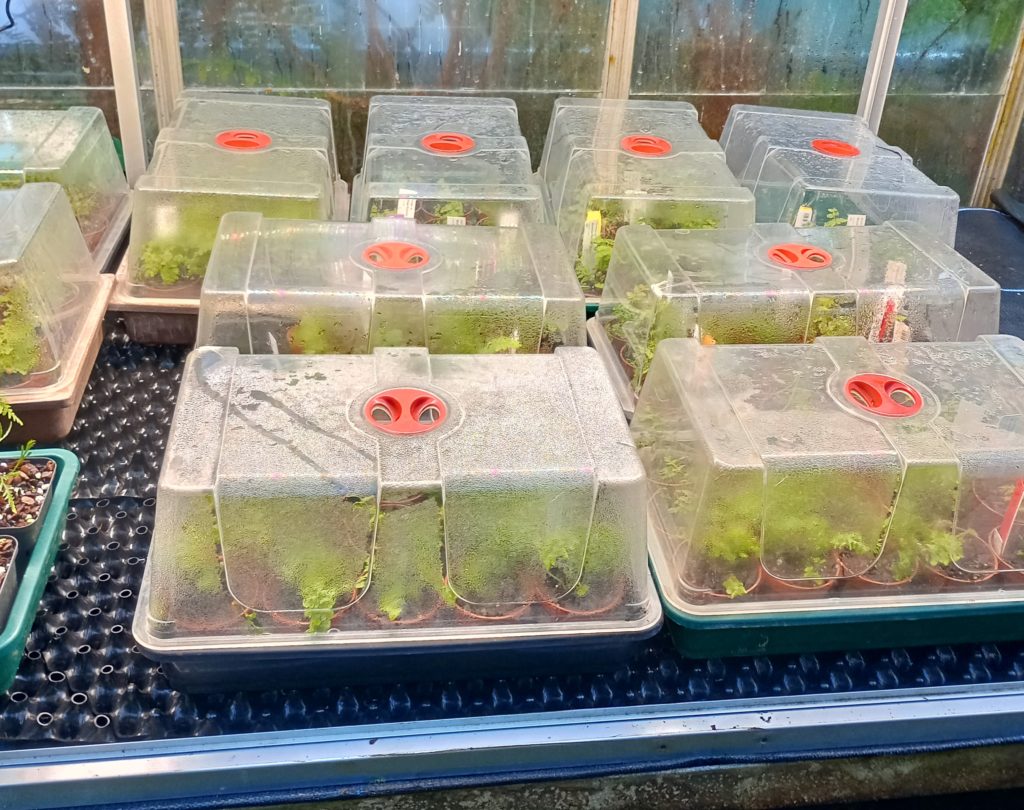
(Photo: Patricia Berakova)
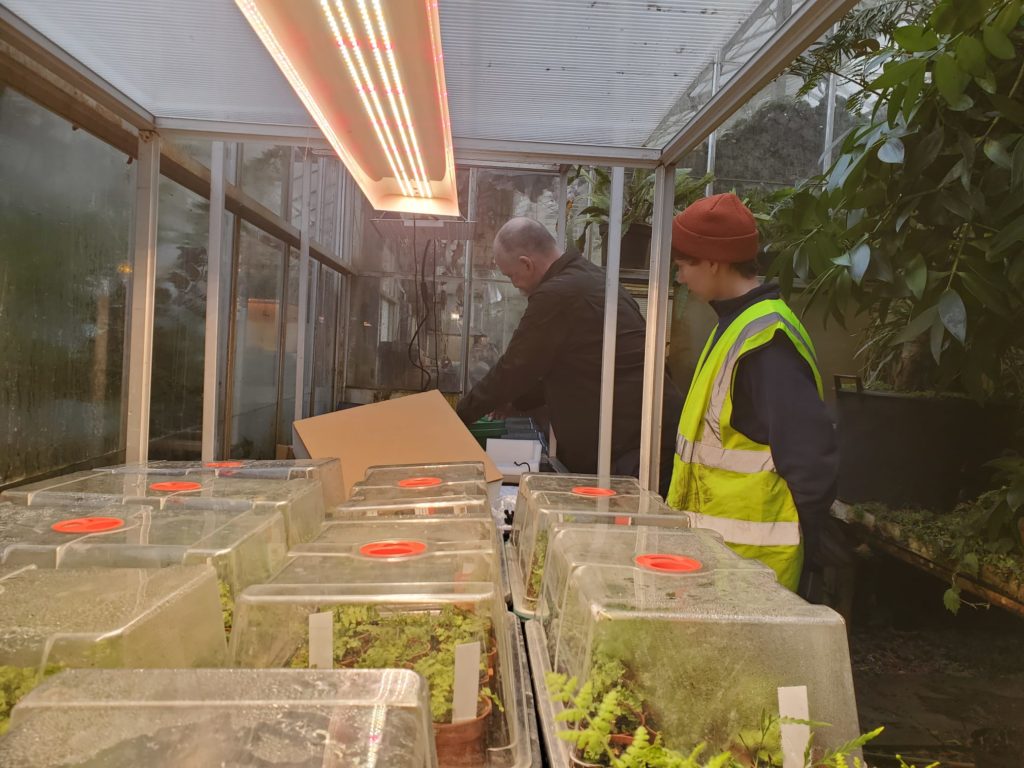
(Photo: Kate Miller)
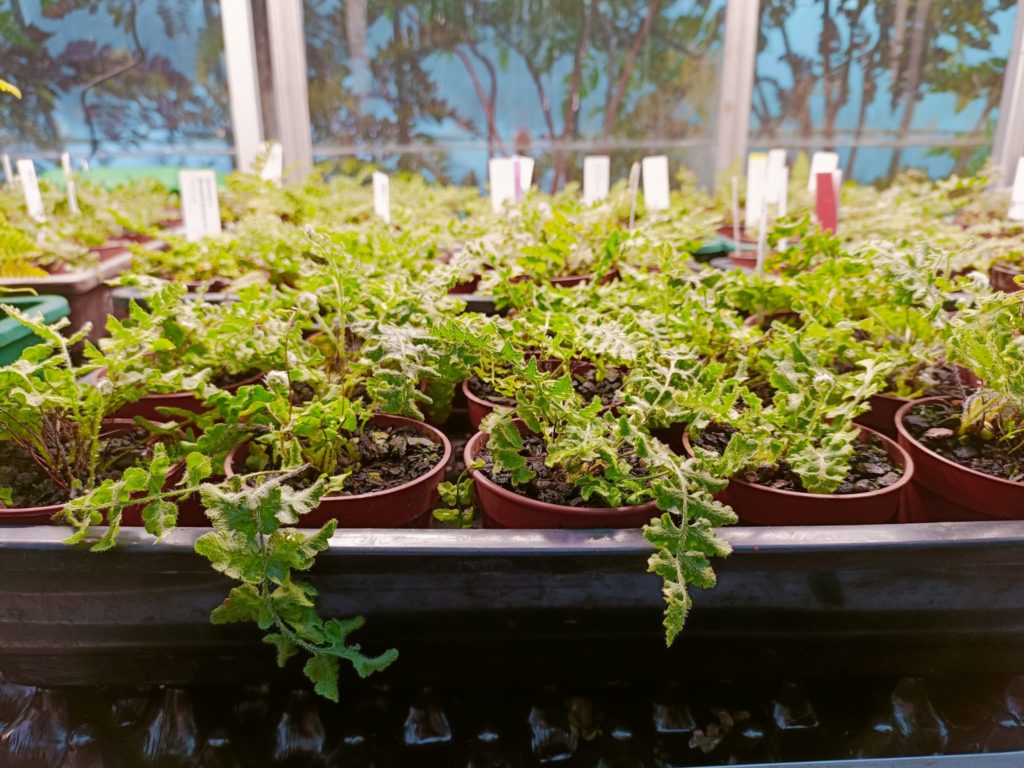
(Photo: Patricia Berakova)
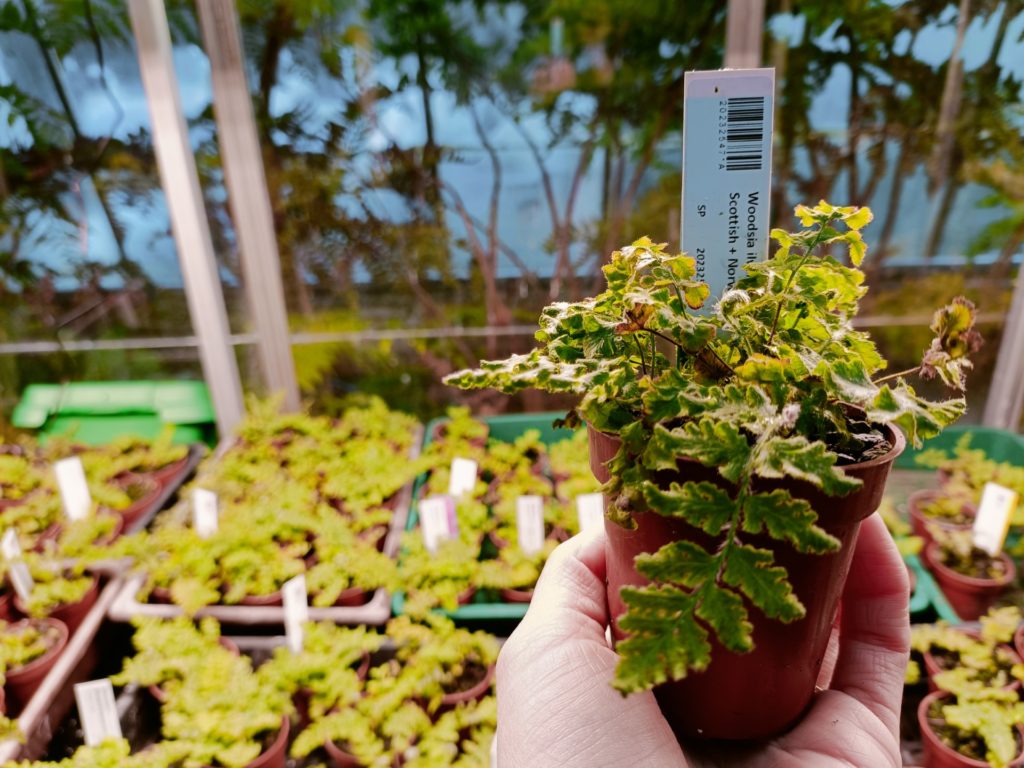
(Photo: Patricia Berakova)
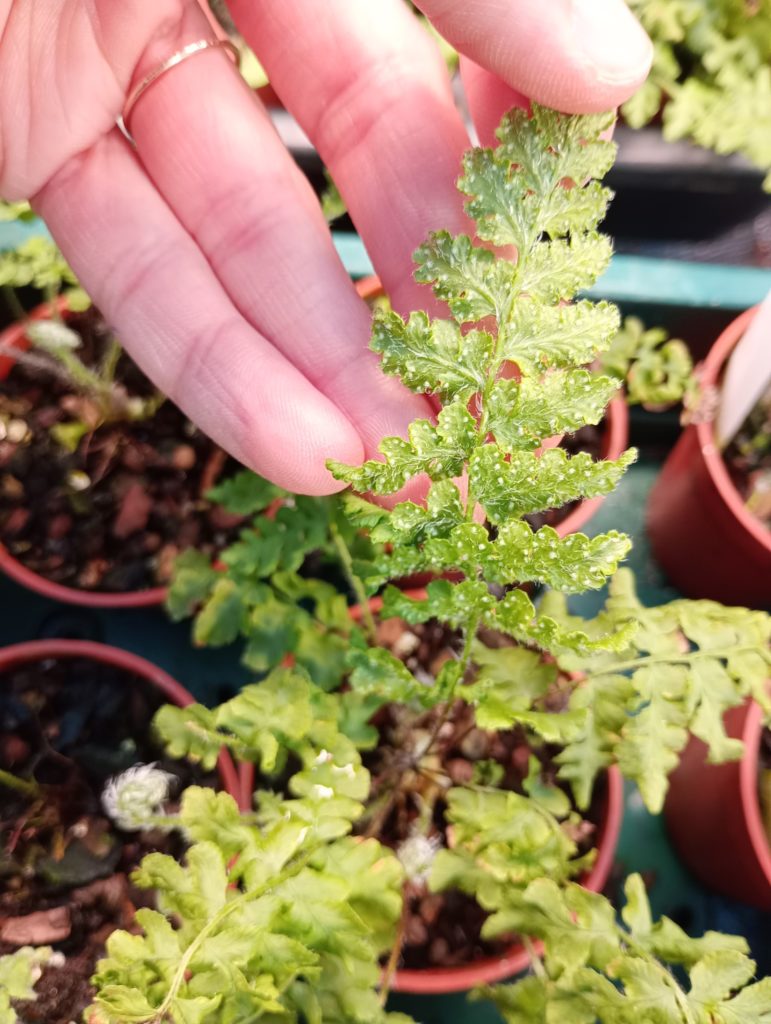
(Photo: Patricia Berakova)
A rewarding experience
Once the young plants are strong enough to fend for themselves, the team will plant them in several different carefully selected experimental locations, to determine which conditions they prefer the most, and continue to observe them. Hopefully, we’ll see an increase in their numbers very soon!
Being involved with important projects such as this one as a part of my apprenticeship has been incredibly rewarding and, frankly, very addictive. While I will return to the glasshouses again to work with the team caring for the plant collections in the Display Glasshouses, for now, I am off to my next rotation in the Plant Nursery where I will also continue helping with the Scottish Plant Recovery Project, and I am hoping to be involved with conservation of Woodsia ilvensis again!
My apprenticeship is sponsored by The National Lottery Heritage Fund.
Written by Patricia Berakova


This project is supported by the Scottish Government’s Nature Restoration Fund, managed by NatureScot.
